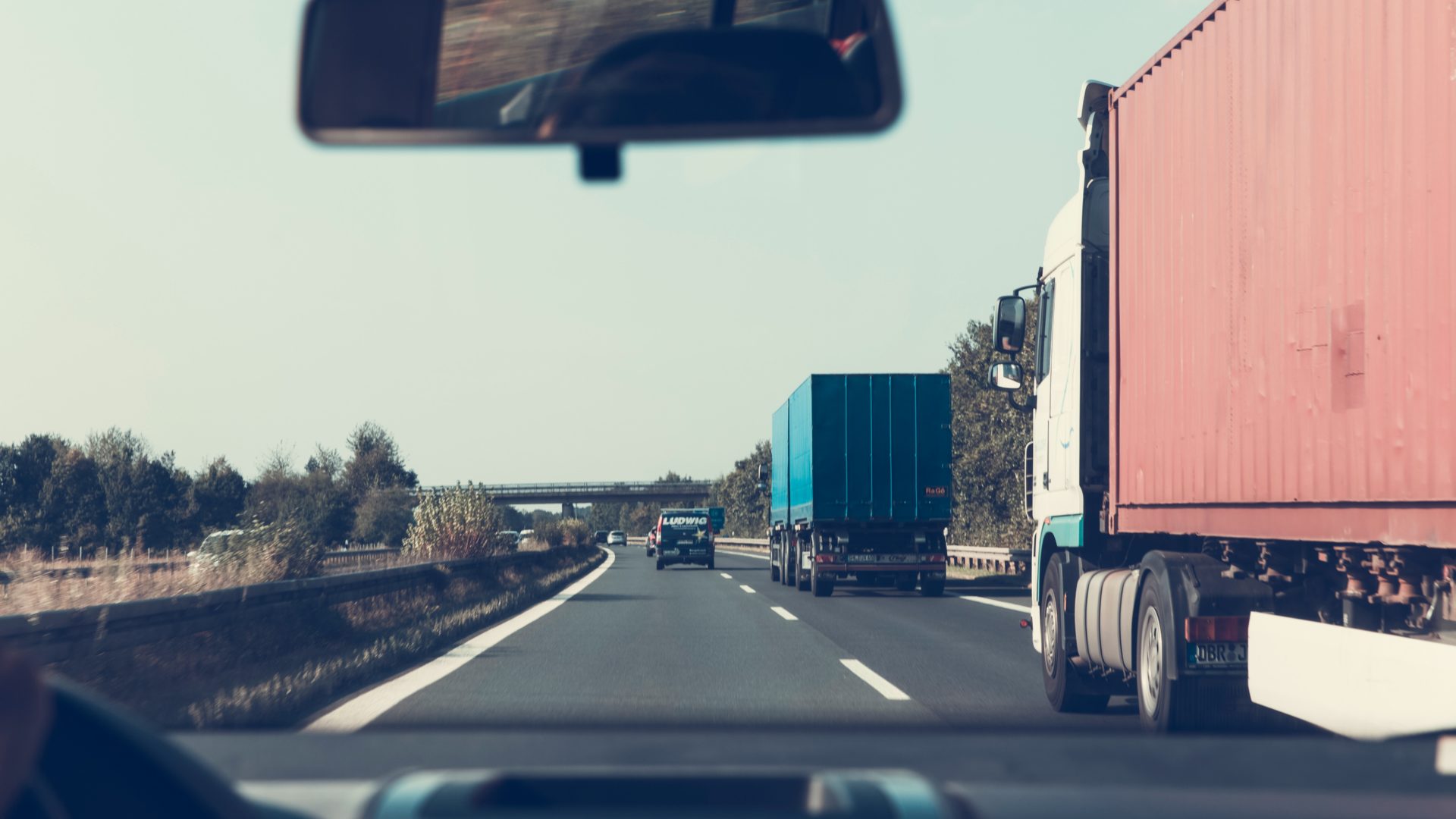
transport
Red or green light for road transport reforms under the Juncker Commission?
The upcoming elections in May 2019 will allow European citizens to determine the political priorities alongside the leadership of the European Parliament and the European Commission for the next five years (2019-2024).
It is time to take stock of the achievements of the outgoing Juncker Commission (2014-19) and to anticipate the priorities of the next Commission in the field of road transport.
Technological developments have pushed transport higher on the Commission’s agenda than initially foreseen in 2014. The impact of these technologies has been underestimated in the early 2010s. But disruptive technologies will soon populate our vehicles, and they will create new regulatory challenges. Environmental constraints and geopolitical dynamics have also heightened the pressure on regulators to adapt to a fast-changing environment and provide an adequate legislative framework.
In our opening post, we would like to introduce the various topics our new series will cover.
emissions
Among the 10 Political Priorities of the Juncker Commission, climate change was prominent. In 2014, the transport sector already represented approximately about 25% of EU greenhouse gas emissions, of which the road accounted for 70%. The political imperative to act was already obvious. This was bolstered by the adoption of the Paris Agreement (2015) which put the onus on the road sector to mitigate its carbon footprint. 2015 was also the year when the ‘dieselgate’ erupted. It put in the spotlight pollutant emissions and brought discredit to the entire automotive industry. The political willingness to cut NOx emissions then became a priority. If the ‘why’ was clear, the ‘how’ remained somewhat abstract.
For the past five years, the EU legislators have passed wide-ranging legislative reforms. They include new CO2 emission standards for cars and vans, new standards for heavy-duty vehicles, new testing procedures for type-approvals and rules for public vehicle procurement. Countless others could also be listed here. Today, the potential for real advancement lies in the coupling of stringent standards with more precise testing.
safety
In March 2017, EU Member States adopted the Valletta Declaration on road safety and committed to further reducing road fatalities. They requested the Commission to coordinate action at EU level. A year later, the Commission outlined its approach in the Third Mobility Package. To reduce fatalities by 50% in 2030, the Commission proposed to enhance the safety features of vehicles and road infrastructures:
- The revision of the General Vehicle & Pedestrian Safety Regulations (GSR/PSR) led to a new set of mandatory vehicle safety measures that bundled together both active and passive safety systems. This reform will pave the way towards the uptake of automated vehicles.
- A revision of the road infrastructure safety management extended the scope of application of existing EU rules on road infrastructure safety that currently apply to the Trans-European Transport Network (TEN-T) roads to motorways and primary roads outside the network. It also introduced a network-wide road safety assessment that would help national authorities in evaluating the inherent safety of the existing road infrastructure to carry out more targeted safety inspections or take direct remedial action.
disruptive technologies will soon populate our vehicles, and they will create new regulatory challenges
social
At first glance, one may not see the interdependence between social affairs and transport regulations. From an EU perspective, however, the lack of consistent wages and labour regulations across the single market has become an issue for most transport operators. In effect, the free movement of workers and goods across the Union results in drivers from different Member States competing for the same markets. When one considers that wages make the most of the price of transport services and that drivers from different Member States receive differing salaries and pay diverse social contributions, the (unfair) competition dilemma and the fear of a race to the bottom become clear. At its core, most transport-induced social debates are spurred by geographic (and socio-economic) differences rather than ideological ones across the European political spectrum.
As a result, this divide creates new additional strains to the already complex EU decision-making process. We believe that the Rail Passenger Rights legislation and the so-called Mobility Package will follow a grim fate: they have both hit a deadlock and are unlikely to be finalised before the now infamous May deadline of the European elections. They will be discussed further in forthcoming posts.
trade
For the past few years, trade has been by far the most prominent economic concern of automakers. While the car industry greatly benefited from multilateralism and tariff convergence for decades, a changing political environment (e.g. Brexit, Trump) is casting a cloud over these accomplishments.
Greater protectionism and isolationism are emerging in leading car manufacturing and exporting countries. The recent discussions between the EU and the US on trade barriers are just another concrete example. Rising uncertainties are affecting investment and leading some Original Equipment Manufacturers (OEMs) to reconsider their international foothold.
At the same time, this new international situation has not prevented the conclusion of new landmark free trade agreements between the European Union and Canada (2017) or Japan (2018). These new treaties are confirming the alteration of the long-standing EU-US converging attempts. Overall, these changing dynamics will impact the industry whose prosperity relies on regulatory and economic convergence.
transport & mobility insights
Next week, we will present a thorough overview of developments affecting CO2 and NOx emissions and their broader impact on the role of Internal Combustion Engines in the future transport landscape. We will review the implementation of the latest testing procedures and assess what the next Commission is likely to undertake.
